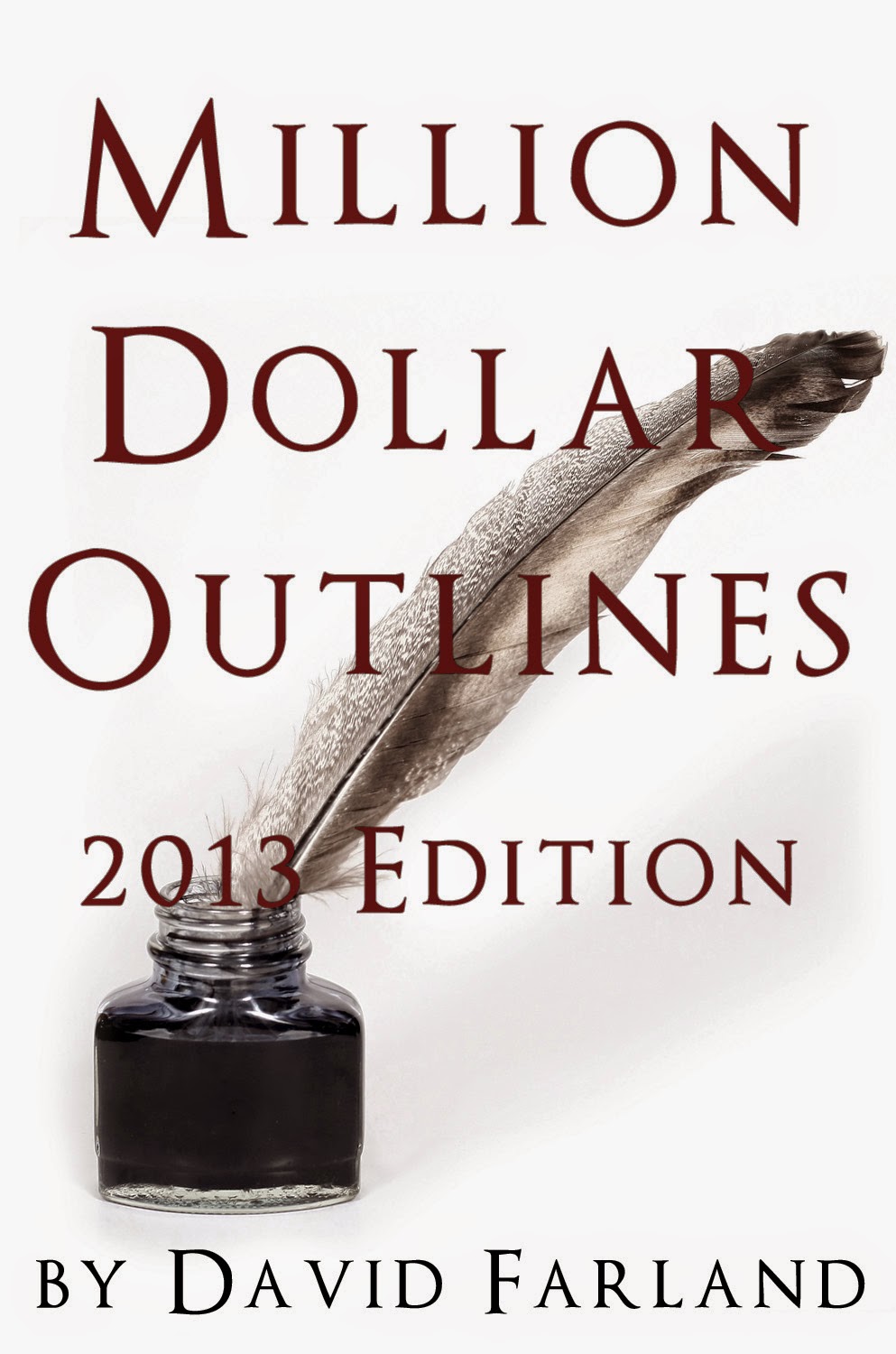If you grew up like me, you were taught to brainstorm by just writing down whatever comes to mind. You sit down with a blank piece of paper and wrack your brain for ideas. There are a lot of instances where this is perfectly fine, and I know it works for people. But other times, brainstorming this way can be vague, nebulous, and not that productive. You might produce stories that are. . . lacking. They might be cliche or just so-so. I didn't know until the last year or two that you could actually, truly improve how you brainstorm.
Back when I would brainstorm the nebulous way, I'd just start throwing out ideas--whatever came to mind--without much of a direction. I'd just try to come up with something out of nothing, or tap into my subconscious. But now I know better. For me at least, I brainstorm better with a little structure.
In a book titled Steal like an Artist, Austin Kleon, the author, states that creativity comes about best when we give ourselves limitations; "It seems contradictory, but when it comes to creative work, limitations mean freedom." The example he gives is that Dr. Suess was challenged to write a book in fifty or fewer words. He penned Green Eggs and Ham, now one of the most popular children's book. When we set limits, we give ourselves a little more direction with our creativity. The problem with the nebulous way of brainstorming is we can do anything, go any direction; there aren't restrictions or guidelines, so brainstorming that way is too vast.
In another book, Million Dollar Outlines by David Farland, Dave introduces his readers to what he calls "plotting tools," techniques used to simply make a story better. He gives a list of plotting tools he's discovered in successful stories. Here are some examples from the book:
Dilemma
One of the most powerful plotting devices is to present your protagonist with a dilemma. A dilemma occurs when the protagonist is presented with two equally displeasing choices. And has to pick one.
Reversals
One of the most common plotting tools used in Hollywood is the reversal. You’ve seen it a thousand times. You’re at the high point of a movie, and it appears that the hero is about to make good. Suddenly, the villain shows up and everything goes astray. Your sense of relief turns to dismay. But just as your hero has come to the end of his rope, he suddenly finds a way to pull victory from defeat.
The Hourglass of Evil
In many tales, in the beginning, evil is seen to be “distant” from the protagonists. The orcs are rampaging in far lands in The Lord of the Rings, while in The Christmas Carol, Scrooge is asked to donate money to orphans in a distant county. But as the tale progresses, the evil draws closer to the protagonist. Black Riders enter the Shire, poverty strikes in the homes of Scrooges’ employees. Eventually, at the end of the tale, evil is seen in the hearts of the protagonists. . .
Thus, there must come a turning point where your character sees the evil in himself and resolves to either change, or is destroyed.
Seriously, his book is worth the $4.99 just for the list of plotting tools. Learn the tools, and you can use them in your stories to make them better. They're just little tricks, techniques, methods.
See, when I was brainstorming the old way, I didn't have any plotting tools. I didn't have much direction or any limits. I didn't have a list of storytelling options to refer to when brainstorming. My "plotting toolbox" was totally empty! It really was like I just had a blank page--that's it.
 |
| My Plotting Toolbox |
Now when I face the blank page, I can open my toolbox and see all the plotting tools I have to build a sturdy story. I can place them in my story's structure (inciting incident, rising action, climax, denoument), and I can pick and choose which one I want to use. I have options and references. I have fodder to brainstorm with. I have character tools in there to brainstorm with also.
You can start making your own plotting toolbox also. If you get Million Dollar Outlines, start with the ones in the book, take some from my blog, and then find your own in other stories. You want a collection of plotting techniques and methods in your arsenal so that when you brainstorm with them, you kick out higher quality stories.
Remember my entire Dragon Ball Z dissection? Those are all plotting tools. Use those techniques to brainstorm your own stories. Some of the methods in my Fullmetal Alchemist Brotherhood dissection and my 24 tips are plotting tools too.
Within the next two weeks, I'll be sharing a little plotting technique I call "Death by Surprise" that you can add to your tool box.


























Mind maps are also a brainsotrming tool that can Capture your free flow of ideas. Using a mind map during brainstorming will help you quickly make sense of the relationships between the information you come up with. They are also a great way to break down an idea and analyze it. You can see some examples drawn with Creately Mind Map Software
ReplyDeleteEvan, yeah, a lot of people love mind maps. I actually don't XD but maybe I should try them again. Whatever works for you should be used!
Delete